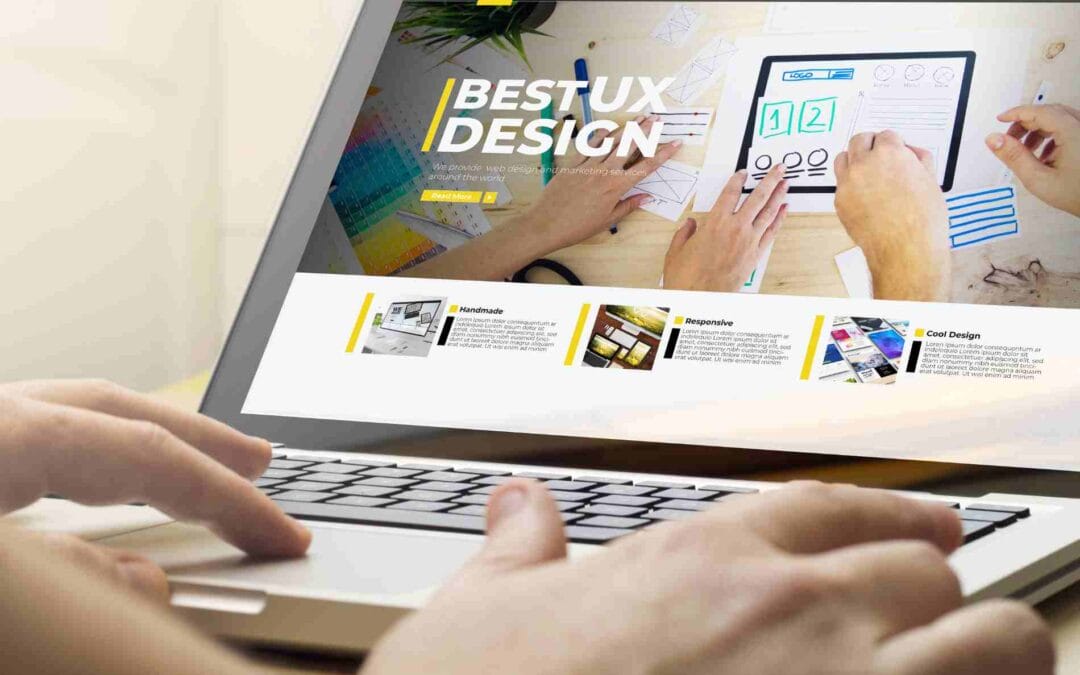In today’s digitally connected world, websites serve as important gateways to information, services, and opportunities. Ensuring that your website is accessible to individuals of all abilities is crucial in creating an inclusive online experience that fosters equal access for everyone, regardless of their background or ability. Designing for accessibility requires thoughtful planning and adherence to best practices in order to create web experiences that are user-friendly, intuitive, and compliant with international standards.
By prioritizing accessibility in your web design process, you not only ensure compliance with international standards and regulations but also demonstrate a commitment to inclusivity, enabling individuals of all abilities to interact with your content and engage with your brand. Join us as we explore the world of web accessibility and learn how to create inclusive web experiences that empower users and promote digital inclusivity for all.
1. Understand the Fundamentals of Web Accessibility
Before diving into creating accessible web designs, it’s important to understand the foundation of web accessibility. In essence, web accessibility is the practice of designing and developing websites, applications, and interfaces to ensure that users with disabilities can access, perceive, understand, and interact with the content as easily as possible. To achieve this, consider the following key aspects when designing your website:
Visual Accessibility: Ensure that users with low vision or color blindness can easily view your content by providing sufficient color contrast and appropriately sized text.
Auditory Accessibility: Provide captions or transcripts for video and audio content to accommodate users with hearing impairments.
Cognitive Accessibility: Create clear, concise, and easy-to-understand content that caters to users with cognitive or learning disabilities.
Motor Accessibility: Design accessible navigation elements and user controls to enable users with motor impairments to interact with your website using various input devices, such as keyboard or voice commands.
2. Adopt the Web Content Accessibility Guidelines (WCAG)
The Web Content Accessibility Guidelines (WCAG) is a set of internationally accepted standards for creating accessible web content. Developed by the World Wide Web Consortium (W3C), the WCAG outlines various criteria for designing and developing inclusive web experiences. The guidelines are organized into three levels of conformance (A, AA, and AAA), with Level A being the most basic level of accessibility. Familiarize yourself with the WCAG and strive to meet at least Level AA criteria to ensure broad compliance and inclusivity. Key principles of WCAG include the following:
Perceivable: Information and user interface components must be presented in ways that all users can perceive, regardless of their sensory abilities.
Operable: Users must be able to navigate and operate the interface effectively, using various input methods and assistive technologies.
Understandable: Content, information, and user interface components must be easily understood by everyone, regardless of their cognitive capabilities.
Robust: Content must be accessible across a wide range of user agents, devices, and assistive technologies, catering to the evolving needs of users with disabilities.
3. Implement Inclusive Web Design Practices
To create an accessible web experience, integrate inclusive design practices throughout the entire web design process. Consider the following strategies to ensure your website caters to the diverse needs of your audience:
Use Descriptive Alt Text: Add descriptive alternative text for images, illustrations, and other visual elements to ensure that users with visual impairments can perceive and understand the content.
Provide Accessible Forms: Label form elements clearly and provide visible error messages to assist users with filling out necessary information. Offer additional instructions or explanations in plain language to enhance the user experience.
Optimize Multimedia Content: Provide captions, transcripts, and audio descriptions for multimedia content, enabling users with hearing or visual impairments to access the content effectively.
Create Keyboard-Navigable Interfaces: Design your website so that it can be navigated using only the keyboard, ensuring that users with motor impairments or who rely on assistive technologies can interact with your content easily.
4. Test and Validate Your Web Accessibility Efforts
Validating and testing your website’s accessibility are critical steps in ensuring that your design is genuinely inclusive and user-friendly. Employ a variety of methods to assess your website’s accessibility, including the following:
Automated Testing Tools: Use automated web accessibility evaluation tools to scan your website for common accessibility issues, such as missing alternative text or incorrect heading hierarchy.
Manual Testing: Manually navigate your website using a keyboard and test your site with a screen reader to identify any pain points that may hinder the user experience.
User Testing: Conduct usability testing with individuals with disabilities to garner valuable feedback on your website’s accessibility and gather insights to make improvements.
Consult with Accessibility Experts: Engage with web accessibility professionals to obtain expert guidance and support in creating an inclusive web design that truly caters to the diverse needs of your audience.
Conclusion: Embracing Web Accessibility for a More Inclusive Online Experience
By understanding the fundamentals of web accessibility, adopting the WCAG standards, implementing inclusive design practices, and continually testing and validating your efforts, you can create an accessible web experience that empowers all users and promotes digital inclusivity.
Looking for inclusive and user-friendly websites that drive engagement and foster equal access? At Studiosight, we specialize in web design in Orem, Utah, and are dedicated to partnering with you on your journey to creating a truly accessible web presence that supports the diverse needs of your audience and stands the test of time. Get started with us now to create a better online experience for individuals of all abilities.
